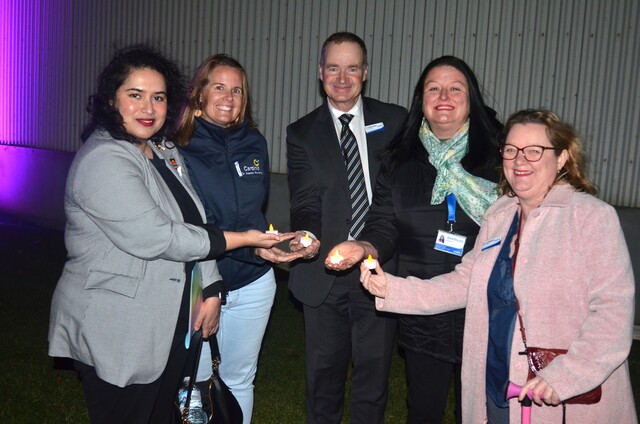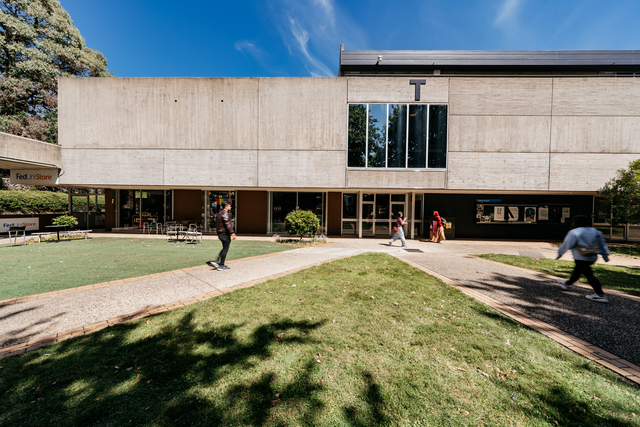Crime rates in the City of Casey have fallen by more than eight per cent in the last 12 months, according to fresh data from the Crime Statistics Agency.
Released today, 15 September, the data shows recorded offences in the municipality are at the lowest rate in almost 10 years, recording 5155 offences per 100,000 residents in a 12-month period.
Incidents of family violence are down 8.8 per cent, with 5004 incidents recorded compared to 5487 in the previous year.
It is a welcome decrease for the municipality, which saw an alarming 8.6 per cent increase in family violence in the June 2020 -’21 period.
Despite this, family violence remains a large issue for the municipality.
Breaching a family violence order was named as the most prevalent offence in Casey, followed by stealing from a motor vehicle, criminal damage, other theft and drug possession.
2725 cases of breaching a family violence order were recorded in the last 12 months, up five per cent on the previous year.
Concerningly, sexual offences shot up by 33 per cent and homicides rose from seven in 2020-’21 to 10 in 2021’22.
Drug possession was down by 16.8 per cent and incidences of theft saw a five per cent decrease.
Within the municipality, Cranbourne recorded the highest number of offences, followed by Narre Warren, Berwick, Hampton Park and Cranbourne North.
Across Victoria the rate of recorded offences decreased 10.6 per cent to 7121.5 per 100,000 Victorians in the last 12 months, as did the number of offences, down 10.0 per cent to 469,506.
CSA Chief Statistician Fiona Dowsley said the decrease was driven by a reduction in Breach of Chief Health Officer directions related to the COVID-19 pandemic, down 69.3 per cent or 22,345 to 9919 offences.
Drug possession across the state was down 17.5 per cent and deception fell 20.7 per cent.
“Victoria has seen a notable decrease in overall recorded crime levels during the COVID-19 pandemic period,” Ms Dowsley said.
“Decreases in acquisitive crime such as thefts and deception have contributed to the lowest victimisation numbers and rates since 2005.”







